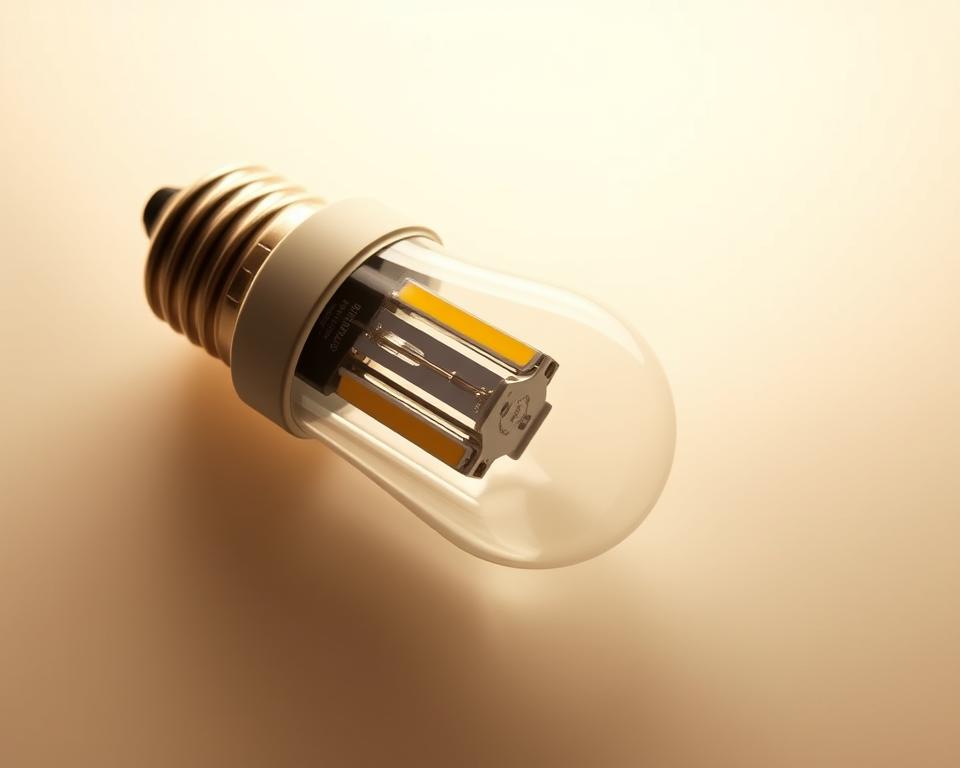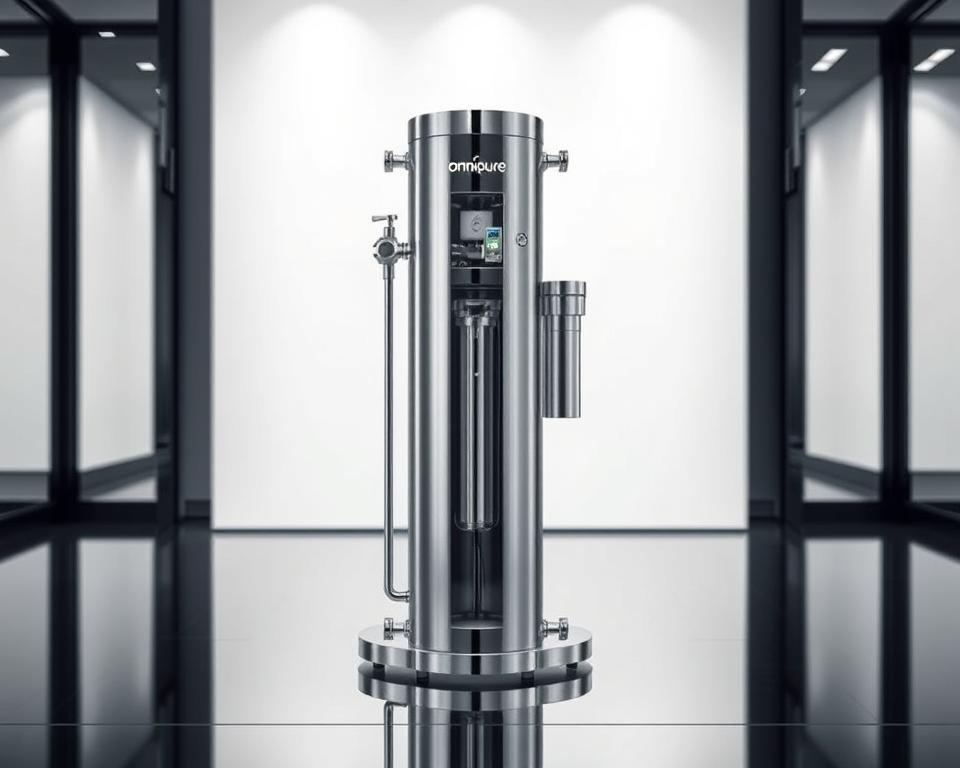Sustainable Solar Pond Pump and Filter Manual
Have you ever thought about converting your pond into a beautiful yard feature and an green haven? Exploring solar pond pumps and filters could unlock clear waters without the high electricity costs. These innovative systems employ the sun’s power, delivering a renewable water management solution. They also improve your outdoor space with little upkeep. This guide will explore everything you need to know about these green solutions. We’ll review the types, benefits, and key tips for choosing the right solar water pump for your needs.
Main Points
- Solar water pumps operate on solar energy, eliminating extra electricity costs.
- Choosing solar solutions promotes green initiatives and renewable energy practices.
- Durable materials increase the longevity and performance of solar pond pumps.
- Quiet operation of solar fountain pumps adds a soothing ambiance to your pond.
- Regular maintenance is crucial for optimal performance and longevity of the pumps.
Understanding a Solar Pond Pump?
A solar pond pump employs solar energy to move water in garden ponds and fountains. It includes a solar panel and a 12V battery, allowing it to function at night. This makes it a great choice for those aiming to reduce grid electricity and live sustainably.
These pumps utilize advanced technology to improve water circulation and oxygen levels. For example, RPS Solar Pumps are well-liked in North America. They can create 5 to 40 lbs of oxygen daily, which is advantageous for aquatic life.
Installing a solar-powered pump is easy. Models like those from Aquapro come with comprehensive instructions. They can be assembled in a weekend by one person. Their flexibility makes them suitable for both homes and businesses.
Nonetheless, solar pond pumps have some disadvantages. They perform best in sunny conditions, causing fluctuating flow rates when it’s cloudy. Also, the solar panel’s wattage must correspond to the pump’s power needs for best performance. Despite these limitations, many see them as a valuable investment due to their affordability and environmental benefits.
| Characteristic | Details |
|---|---|
| Energy Source | Solar energy via solar panels |
| Installation | Simple assembly; can be done alone |
| Oxygen Generation | 5-40 lbs per day (RPS products) |
| Usage Limitations | Inconsistent flow on cloudy days; stops at night |
| Cost Range | $90 to $700 for simple pumps; >$3,000 for high-performance systems |
Perks of Using Solar Pond Pumps
Solar pond pumps provide numerous pros of solar pond pumps to your aquatic environment. They save you money by using the sun’s energy, removing electricity costs. This makes them a affordable option for pond owners, aiding in reducing utility bills.
These pumps also have a positive environmental impact. They use renewable solar energy, lowering carbon emissions and preventing the harm caused by fossil fuels. This supports environmentally friendly pond solutions that benefit your garden and the environment.
Another plus is their role in preserving pond health. They ensure water circulation, which boosts oxygen levels and avoids algae growth. This forms a balanced ecosystem, essential for the well-being of fish and plants, encouraging a thriving pond habitat.
Installing and maintaining solar pond pumps is easy. They don’t need intricate wiring and are simple to install. Their space-saving size and quiet operation make them desirable. With low upkeep, they provide a trouble-free solution for long-term pond care.
| Characteristic | Solar Pond Pumps | Traditional Electric Pumps |
|---|---|---|
| Energy Source | Renewable Solar Energy | Mains Electricity |
| Initial Cost | $90 – $3,000 | $50 – $500+ |
| Running Costs | Zero | Variable |
| Environmental Impact | Low | Higher due to emissions |
| Maintenance | Low | Moderate to High |
In summary, solar pond pumps deliver economic benefits and support a healthier ecosystem. They back environmental sustainability and are simple to operate and upkeep. This makes them a favored choice among pond enthusiasts.
Varieties of Solar Pond Pumps
Comprehending the different types of solar pond pumps is essential for selecting the right choice. Each type has specific features, adapted to various pond setups and preferences. Let’s review some typical types of solar pond pumps.
Above-Ground Solar Pond Pumps
The floating solar pond pump and filter rests on the water’s surface, equipped with a solar panel that stays afloat. This design enhances water and oxygen circulation, boosting the pond’s health. Perfect for smaller ponds, these pumps are easy to install without complicated waterworks.
Underwater Solar Pond Pumps
Submersible solar pond pumps function underwater, removing the need for external power. Their installation is straightforward, as they don’t require pond structure modifications. These pumps conform to different conditions and often have adjustable flow settings for tailored water circulation.
Direct-Powered Solar Pond Pumps
Direct drive solar pond pumps are attached directly on the pond liner, with a solar panel connected to the pump. This setup increases energy efficiency and maintains a consistent flow rate. Ideal for larger ponds, these pumps need proper sunlight exposure for maximal performance.
Hybrid Solar Pond Pumps
Hybrid solar pond pumps merge solar and electric power, providing flexibility. They can operate during low sunlight hours, like cloudy days or at night, maintaining continuous performance. With a backup battery or electrical connection, these pumps deliver reliable water circulation without interruption.
Each type of solar pond pump has its own pros and factors. Assessing your pond’s specific needs will help select the best model. This maintains effective water management and energy savings.
Selecting the Best Solar Pond Pump and Filter
Picking the right solar pond pump and filter demands understanding several key factors. These factors include pond size, water flow rate, and the specific needs of your pond type. Assessing your pond size is the first step, as it determines the power and capacity needed for effective water circulation. It’s crucial to evaluate the required water flow rate to ensure the entire pond volume flows at least once every hour.
Recognizing the specific needs of your pond type is also vital. Whether your pond is ornamental or designed to hold fish, it determines the best pond filter and pump combo for your situation. This choice guarantees the health and cleanliness of your aquatic environment.
Pond Size Aspects
Assessing pond size is the initial step in your decision-making process. Larger ponds require more powerful pumps for effective circulation. For every 1000 gallons of water, a pump should circulate the total volume at least once an hour. This preserves water cleanliness and oxygenation, encouraging a healthy aquatic environment.
Water Flow Rate Specifications
Water flow rate is essential for maintaining pond cleanliness and health. The size of your pond determines the necessary flow rate. Understanding typical flow rates helps in selecting a solar pond pump that meets your specific needs. Many solar pond pumps provide different flow rates, guaranteeing you find one that fits your requirements.
Type of Pond and Its Needs
The type of pond you have significantly determines pump and filter choices. Ornamental ponds, with their plants and decorative elements, may need less robust filtration. In contrast, fish-holding ponds require effective aeration and waste management. Reviewing your pond type’s specific needs is essential when selecting a pond filter and pump combo. This ensures optimal functionality and performance.
| Pond Type | Recommended Pump Features | Typical Flow Rate |
|---|---|---|
| Ornamental Pond | Lower flow rate, basic filtration | 200-400 GPH |
| Fish-Holding Pond | Higher flow rate, advanced aeration | 400-800 GPH |
Installation Tips for Solar Pond Pumps
Installing a solar pond pump necessitates careful planning. You must consider the placement of solar panels and the pump’s position. This maintains efficient water circulation and preserves a healthy pond environment.
Optimal Solar Panel Placement
Picking the right spot for solar panels is essential. Look for an area that gets plenty of sunlight all day. Avoid places shadowed by trees or buildings, as they can block sunlight.
Position the panels to receive direct sunlight for at least six hours a day. This is key for the solar pond pump to function effectively.
Pump Positioning
The pump’s position is vital for its performance. It should be as close to the water’s surface as possible. This enhances energy efficiency and lowers sediment blockages.
Install a check valve to prevent backflow and ensure consistent water flow. Use a screen or filter to protect the pump from debris. This maintains it running smoothly over time.
| Parameter | Recommendation |
|---|---|
| Solar Panel Location | Sunny area, no shading |
| Minimum Sunlight Exposure | 6 hours daily |
| Pump Depth | Close to water surface |
| Check Valve Installation | Required for backflow prevention |
| Debris Protection | Use mesh or filter |
Caring for Your Solar Pond Pump
Proper care of your solar pond pump is vital for its efficiency and longevity. Regular maintenance ensures the pump works well. An organized cleaning routine helps avoid clogs from debris and algae. Simple practices can boost your system’s performance.
Regular Maintenance Practices
Conducting routine pump maintenance is vital. Here are some key practices to consider:
- Check the pump and connections regularly for wear and tear.
- Inspect the water level to ensure proper submersion of the pump.
- Monitor for unusual noises or vibrations, which may indicate a malfunction.
- Replace worn parts promptly to prevent further damage.
Cleaning the Solar Panels
To keep the efficiency of your solar pond pump, it is important to clean solar panels periodically. Here are steps to efficiently clean your panels:
- Turn off the pump and allow solar panels to cool down before cleaning.
- Use a soft brush or cloth to gently wipe away dust and debris.
- For stubborn stains, a mixture of water and mild soap can be applied.
- Rinse with clean water to remove any soap residue before restarting your system.
Adopting these maintenance practices and regularly cleaning solar panels will significantly enhance the solar pond pump care routine. This guarantees optimal performance and extends the life of your pump. Regular attention will keep your water feature a stunning and eco-friendly addition to your landscape.
Cost Considerations for Solar Pond Pumps
Comprehending the solar pond pump pricing necessitates looking at several factors. These include the model, its features, and the brand. Basic solar-powered water pumps are priced between $90 and $700. More advanced systems can go over $3,000. This price range shows the differences in capacity, efficiency, and technology among models.
The Reefe Solar Water Fountain Pump, for example, can pump 2500 LPH and is priced at $715. On the other hand, the Oase Aquamax model offers the same capacity for $279. This emphasizes the importance of comparing prices based on performance.
When planning your budget for solar pumps, remember that the initial cost might be higher than traditional electric pumps. However, they can save a lot on electricity bills in the long run. This makes solar pumps a affordable choice for pond maintenance. Their simple design means less maintenance, which can also lower costs over time.
The initial investment should also include solar panels and backup batteries. These increase the pricing for solar pond filters and overall costs. Backup systems guarantee the pump works even on cloudy days or at night. Proper installation, maintaining the solar panels get the most sunlight, can also save money.
Below is a table detailing various factors related to costs:
| Item | Cost Range ($) | Notes |
|---|---|---|
| Basic Solar Pond Pump | 90 – 700 | Entry-level models for small to medium ponds. |
| Advanced Solar Pump System | 700 – 3000+ | High-capacity pumps with additional features. |
| Backup Battery | 100 – 500 | Optional, improves reliability in low light conditions. |
| Solar Panel Setup | 150 – 800 | Depends on size and efficiency required. |
Acquiring a solar pond pump is a balance between initial costs and long-term savings. It supports eco-friendly and sustainable practices for pond maintenance.
Comparing Solar Pond Filters
When looking for the perfect solar pond filter, understanding the available options and how they relate to solar pond pumps is crucial. These filters are essential in ensuring clean water for your aquatic life, ultimately maintaining an appealing pond environment. By selecting the right filter for your pond, you can foster a healthier habitat for fish and plants.
Types of Solar Pond Filters
Several types of pond filters are designed to cater to different pond sizes and water conditions. Here’s a overview of common solar pond filters:
-
Mechanical Filters: These collect larger debris like leaves and twigs, keeping that pond water stays clear.
-
Biological Filters: These utilize beneficial bacteria to decompose harmful ammonia and nitrites, boosting water quality.
-
Chemical Filters: These remove impurities using activated carbon or other chemical agents, keeping the water safe for fish.
-
UV Clarifiers: Even though standalone solar-driven models aren’t available, using a UV clarifier can significantly reduce algae growth in conjunction with the right pump setup.
Choosing the Right Filter for Your Pond
Selecting the right filter for your pond involves considering various factors that suit your specific needs. Here are some aspects:
-
Pond Size: Ensure the solar pond filters you choose are fitting for your pond size. Larger ponds may need stronger filtration systems.
-
Flow Rate: Coordinate the flow rate of your solar pond pump with the filter’s specifications. A 100W PV panel can typically power a 35W pump effectively for daylight hours.
-
Water Type: Different types of ponds, such as ornamental or those housing fish, can require specific filter types tailored to their biological needs.
-
Sunlight Exposure: The efficiency of solar pond filters also depends on their exposure to sunlight. Positioned placements help improve energy collection and filtration performance.
-
Battery Backup: Use a battery system alongside your solar setup to ensure filtration continues during nighttime, especially in larger ponds.
By grasping the various types of pond filters and how to choose the right filter for your pond, you ensure that your aquatic environment remains healthy and visually appealing. This careful consideration fosters the overall durability of both your solar pond pumps and filters.
| Filter Type | Ideal Use | Maintenance Frequency |
|---|---|---|
| Mechanical Filters | Clear debris | Weekly |
| Biological Filters | Ammonia removal | Monthly |
| Chemical Filters | Purification | As needed |
| UV Clarifiers | Algae control | Monthly |
To Conclude
Choosing solar pond pumps and filters, as explained in this guide, brings numerous advantages to your aquatic spaces. These environmentally friendly solutions boost water circulation and oxygen levels, fostering healthy ecosystems. They also ensure waters clear by avoiding sediment and algae growth. This ensures your ponds, with their waterfalls and fountains, continue to be visually stunning and enhance the well-being of fish and plants.
This extensive guide has offered you with crucial information on solar pond pumps and filters. You now grasp their types, installation, upkeep, and how to select the right ones for your needs. With top-rated products like the Antfraer Solar Pond Filter with Water Pump, achieving a perfect 10, and others from the POPOSOAP range, you’re adequately armed to make sustainable choices.
Beginning your green pond management journey with solar power can lower your costs in the long run. It also enhances and improves the health of your garden water features. So, take advantage of the opportunities these solar devices deliver. Convert your pond into a thriving, natural sanctuary.



